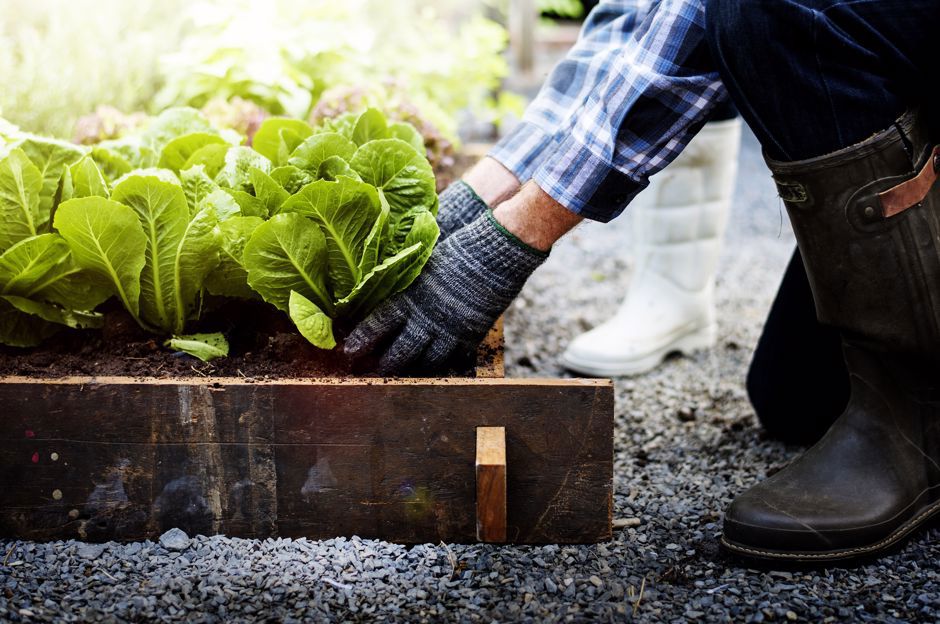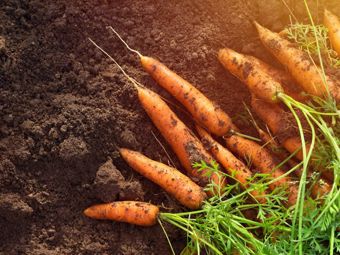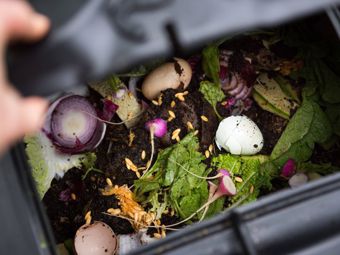For-Year Crop Rotation in Four Tracks
The most common method is using four areas of the garden to be fertilised with different fertilisers each year. Four types of crops will thus be rotated in each patch during the four years.
First patch: fertilised with animal manure
Plant nutrient-intensive crops in patches fertilised with animal manure: brassicas (cabbage, kale, cauliflower, broccoli), cucumber, melon, or even the less common swede and turnip. Manure will decompose in the soil for a longer time, and vegetables will draw nutrients from it the next year when the patch will be planted with crops from the second patch.
Second patch: fertilised with decomposed compost
Good compost is used to fertilise fruit vegetables like bell pepper, tomato, eggplant, etc., but you can also plant potato, kohlrabi, celery, zucchini, and pattypan squash in these patches. In the second year, this patch will be suitable for vegetables from this year’s third or four patch.
Third patch: no organic fertilisers, with mineral fertilisers added before sowing
Organic fertilisers are not suitable for root vegetables (carrot, parsley, parsnip, beet), leaf vegetables (lettuce), and bulbs (garlic, onion). You can also plant potato to these patches, if you did not have it there the previous year.
Fourth patch: no organic fertilisers, only addition of small amounts of artificial fertilisers
Non-fertilised patches are intended for herbs and legumes (bean, pea). In the autumn, add animal manure to these patches, and plant the crops from the first patch in them the next year.
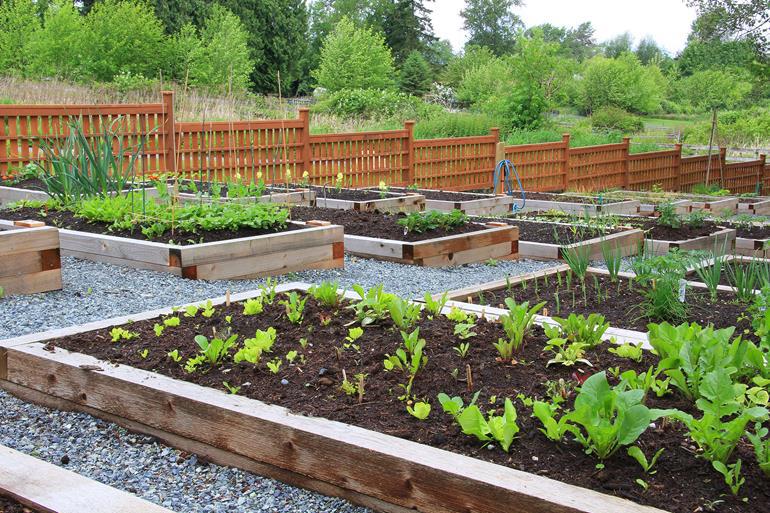
Do not grow tomatoes where potatoes were planted the year before! There is a risk of transmission of mould and fungal diseases. Do not plant root vegetable in the same patch for at least three years (two in case of celery).
Patches with Perennial Vegetables
Perennial plants that grow and produce for several years and remain in one bed are outside the system. Patches with these vegetables should have good-quality soil fertilised with organic fertilisers, with artificial fertilisers added each year. These include, for instance, lovage, asparagus, and the popular rhubarb.
Simple Rules for Crop Rotation
Rotate the crops in the patches each year according to the following principles:
- fruit vegetables (whose fruits are harvested above the ground) should be rotated for root vegetables
- narrow-leaved vegetables (in particular, all bulbs) should be rotated for wide-leaved vegetables
- water-intensive vegetables (such as cucumbers, brassicas) should be rotated for bulbs and other crops that do not require intensive watering
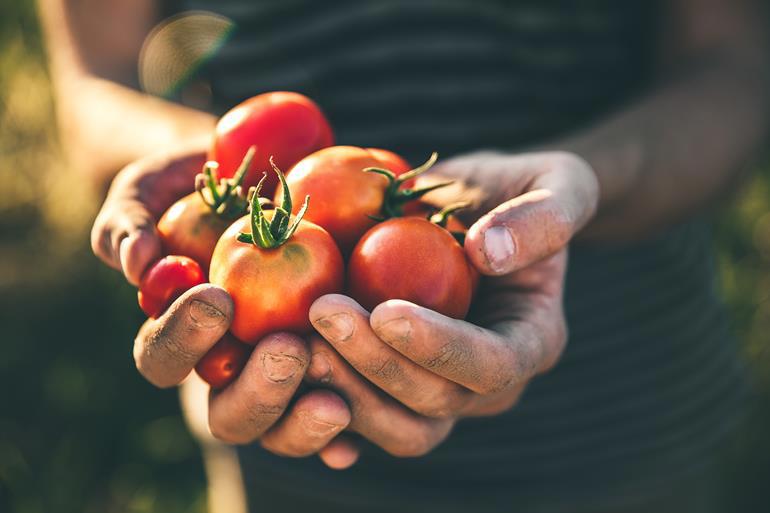
Crop Plan
To avoid the risk of forgetting which years and where you have grown the individual crops, create a simple crop plan – a simplified “map” of your garden with the placement of vegetables and year. Leave a sufficient space on the paper for the years to come to keep the best possible overview.

